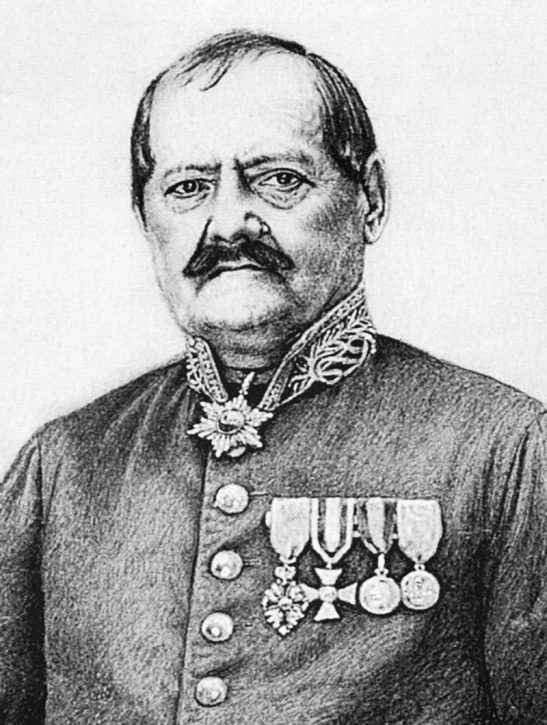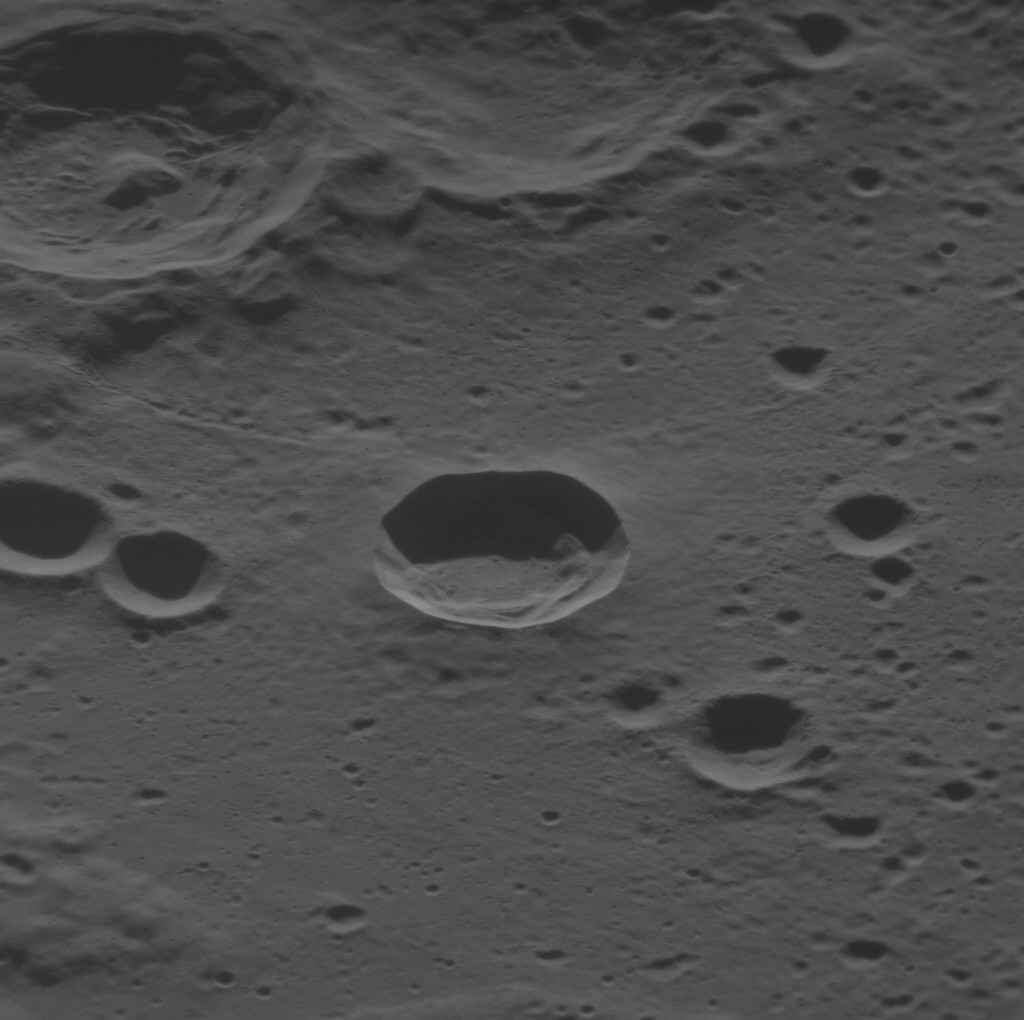|
Hovnatanian (crater)
Hovnatanian is a crater on Mercury. Its “butterfly” pattern of ejecta rays were created by an impact at an even lower angle than that which formed neighboring Qi Baishi crater. From the "butterfly" pattern of rays (similar to Messier crater on the moon), the Hovnatanian impactor was travelling either north-to-south or south-to-north prior to hitting Mercury's surface. The crater was named for Hakob Hovnatanyan Hakob Hovnatanyan ( hy, Հակոբ Մկրտումի Հովնաթանյան; 1806–1881) was an Armenian artist. He was a member of the Hovnatanyan family, a miniaturists dynasty from the 17th to the 19th centuries. Hacob Hovantanyan who was als ..., a 19th-century Armenian artist. Views Hovnatanian crater EN0261369950M.jpg, MESSENGER image showing the bright crater floor and some of the extent of the rays Hovnatanian crater EN0235218286M.jpg, Oblique MESSENGER image at a low sun angle References Impact craters on Mercury {{Mercury-planet-stub ... [...More Info...] [...Related Items...] OR: [Wikipedia] [Google] [Baidu] |
Hakob Hovnatanyan
Hakob Hovnatanyan ( hy, Հակոբ Մկրտումի Հովնաթանյան; 1806–1881) was an Armenian artist. He was a member of the Hovnatanyan family, a miniaturists dynasty from the 17th to the 19th centuries. Hacob Hovantanyan who was also called “The Raphael of Tiflis”, was the founder of the modern Armenian painting school and one of the masters in portraiture, illustration and miniature. Life Hakob Hovnatanyan was the fifth generation from the Hovnatanian family. He succeeded the patriarch of the family Naghash Hovnatan (1661–1722), a famous poet and painter. Naghash lived in Caucasus in the Safavid era. Hovnatanyan received his training from Mkrtum Hovnatanyan, his father, and painted the walls of some churches with his father in Armenia and Tiflis in his youth. His widespread fame began when he was awarded the golden medal from Saint Petersburg Art organization in 1841. After that, he was notably considered by Georgian media. His masterpieces were created fr ... [...More Info...] [...Related Items...] OR: [Wikipedia] [Google] [Baidu] |
Mercury (planet)
Mercury is the smallest planet in the Solar System and the closest to the Sun. Its orbit around the Sun takes 87.97 Earth days, the shortest of all the Sun's planets. It is named after the Roman god ' ( Mercury), god of commerce, messenger of the gods, and mediator between gods and mortals, corresponding to the Greek god Hermes (). Like Venus, Mercury orbits the Sun within Earth's orbit as an inferior planet, and its apparent distance from the Sun as viewed from Earth never exceeds 28°. This proximity to the Sun means the planet can only be seen near the western horizon after sunset or the eastern horizon before sunrise, usually in twilight. At this time, it may appear as a bright star-like object, but is more difficult to observe than Venus. From Earth, the planet telescopically displays the complete range of phases, similar to Venus and the Moon, which recurs over its synodic period of approximately 116 days. The synodic proximity of Mercury to Earth makes Mercury most ... [...More Info...] [...Related Items...] OR: [Wikipedia] [Google] [Baidu] |
Qi Baishi Crater
Qi Baishi is a crater on Mercury. The crater was named after famed Chinese painter Qi Baishi. The crater has an asymmetric pattern of ejecta rays, which formed by an object traveling to the east or to the west and impacting Mercury's surface at a very low incidence angle. However, Qi Baishi crater is still roughly circular, which is in contrast to the elongated shape of neighboring Hovnatanian The Hovnatanyan family ( hy, Հովնաթանյաններ, ''Hovnat'anyanner'') was a prominent Armenian family of painters. They include five generations from 17th to 19th centuries. Hovnatanyans are originally from the village of Shorot, Yernj ... crater.''MESSENGER'': MErcury Surface, Space ENvironment, GEochemistry, and Ranging References Impact craters on Mercury {{Mercury-planet-stub ... [...More Info...] [...Related Items...] OR: [Wikipedia] [Google] [Baidu] |
Messier (crater)
Messier is a relatively young Lunar craters, lunar impact crater located on the Mare Fecunditatis. The crater has a discernible rectangle, oblong shape that is not caused by foreshortening. The longer dimension is oriented in an east–west direction. Just to the west lies Messier A, a similar-sized crater with an oblong, doublet form. The longer dimension of this crater is oriented north–south, at right angles to Messier. This crater also has a curved bulge extending to the west. Messier and Messier A were photographed at high resolution by NASA's Lunar Orbiter 5 spacecraft In August 1967. The Lunar Orbiter V_041 image is archived at the Lunar and Planetary Institute]website The Lunar Orbiter V partial image shown here is derived from the Lunar Orbiter Image Recovery Project effort to reprocess these images from the original tapes. The interiors of Messier and Messier A have a higher albedo than the surrounding Lunar mare, mare. There is also a dark streak in the center of ea ... [...More Info...] [...Related Items...] OR: [Wikipedia] [Google] [Baidu] |


